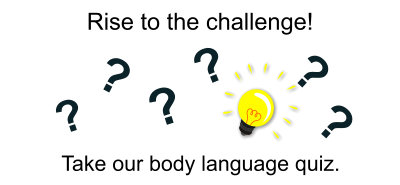How Can We Help?
Cultural Differences in the Workplace

I send most of my body language and intuition tips via v-mail (short videos delivered to your inbox).
Erin Meyer is an expert at helping companies navigate their employees’ cultural differences. Erin explains how different cultures approach communicating, evaluating, persuading, leading, deciding, trusting, disagreeing, and scheduling in her book The Culture Map – Breaking through the invisible boundaries of global business.
I grew up in a multi-cultural family and recognize that different cultures approach life differently. By reading the book, I came to understand my family and myself better. My family’s cultural map has several components that include Canada, USA, Italy, and Russia:
- I grew up in Montreal, Canada
- My father was born and raised in New York, USA, by Russian immigrant parents
- My mother was born and raised in Italy
Going the Wrong Way
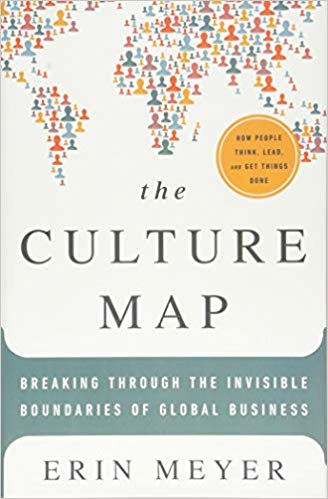
I was back in Montreal, visiting my mother, and we were driving around town. I was behind the wheel and my mother was navigating from the passenger’s seat beside me. I turned left onto a street and she calmly said, “I get the feeling this is not a two-way street”. Yup, you guessed it, I was driving the wrong way on a one-way street. Every time I think of this incident, I laugh! My Italian mother’s communication is nuanced and indirect while mine is precise and direct. If our roles had been reversed I would have yelled “This is a one-way street; you’re driving the wrong way!”
The Culture Map
When you read The Culture Map, I predict that you will recognize personages from your life and your perspective will broaden.
Communicating
Low Context: Good communication is precise, simple, and clear.
High Context: Good communication is sophisticated, nuanced, and layered. Messages are often implied but not plainly expressed.
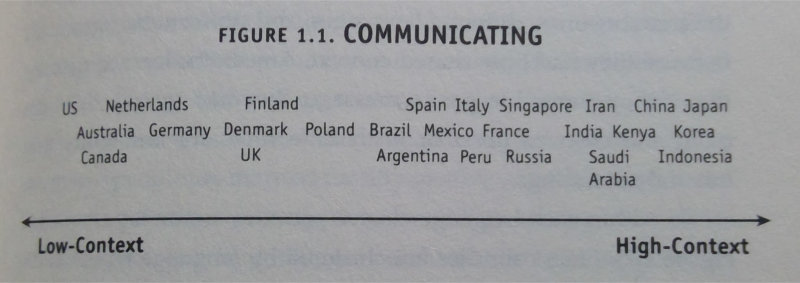
Evaluating
Direct Negative Feedback: Negative feedback to a colleague is provided frankly, bluntly, honestly.
Indirect Negative Feedback: Negative feedback to a colleague is provided softly, subtly, diplomatically.
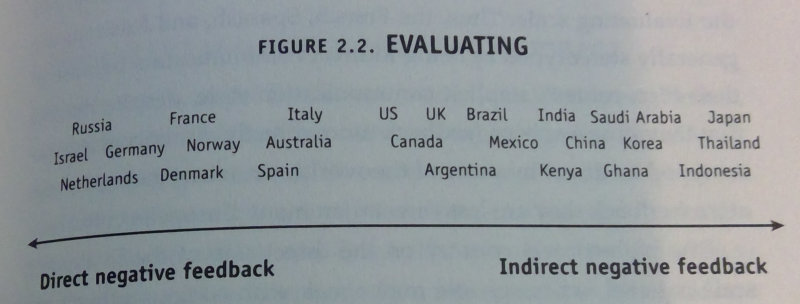
Persuading
Applications-first: Individuals are trained to begin with a fact, statement, or opinion and later add concepts to back up or explain the conclusion as necessary.
Principles-first: Individuals are trained to first develop the theory or complex concept before presenting a fact, statement, or opinion
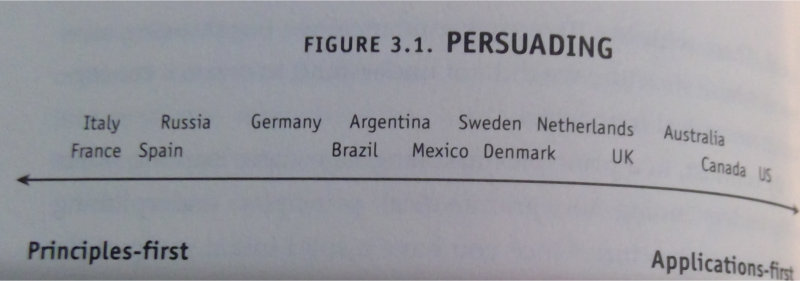
Leading
Egalitarian: The ideal distance between a boss and a subordinate is low. The best boss is a facilitator among equals. Organizational structures are flat.
Hierarchical: The ideal distance between a boss and a subordinate is high. The best boss is a strong director who leads from the front. Status is important. Organizational structures are multilayered and fixed.

Deciding
Consensual: Decisions are made in groups through unanimous agreement.
Top-down: Decisions are made by individuals (usually the boss).
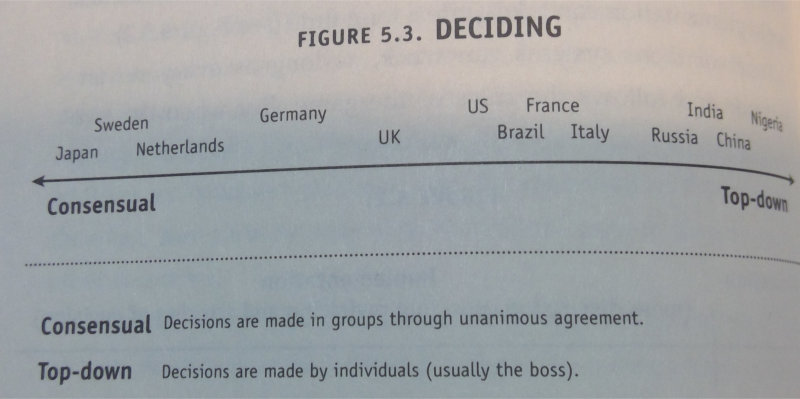
Trusting
Task-based: Trust is built through business-related activities. Work relationships are built and dropped easily, based on the practicality of the situation.
Relationship-based: Trust is built through sharing meals, evening drinks, and visits are the coffee machine. Work relationships build up slowly over the long term.
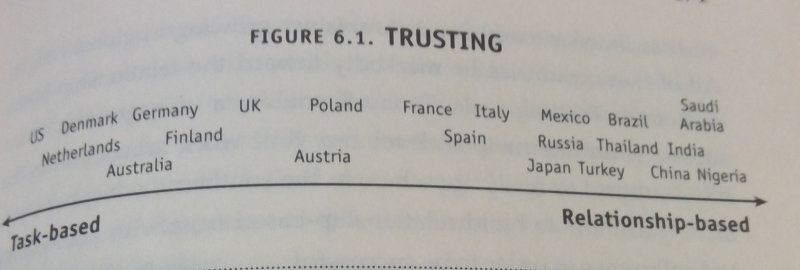
Disagreeing
Confrontational: Disagreement and debate are positive for the team or organization.
Avoids Confrontation: Disagreement and debate are negative for the team or organization.
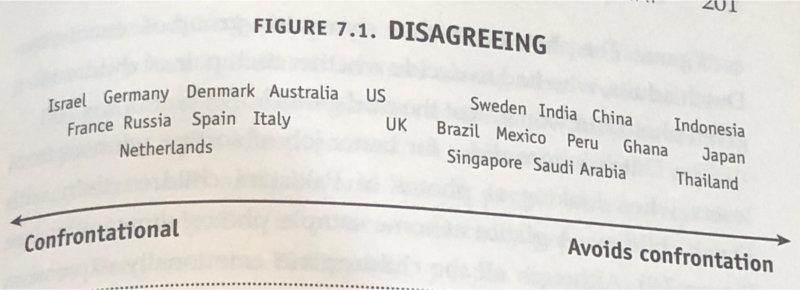
Scheduling
Linear-time: Project steps are approached in a sequential fashion, completing one task before beginning the next. One thing at a time. No interruptions.
Flexible-time: Project steps are approached in a fluid manner, changing tasks as opportunities arise. Many things are dealt with at once and interruptions accepted.
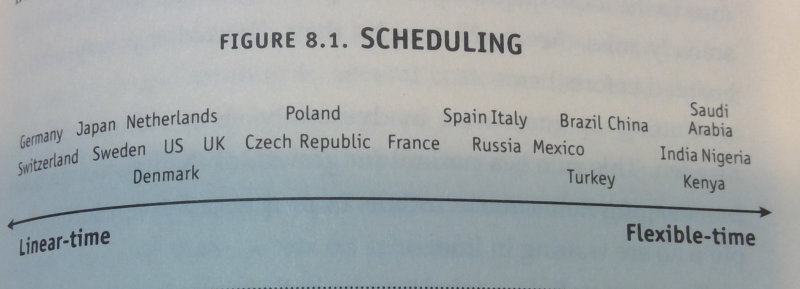
Other Cultures
For information and culture maps for countries not included in the book, visit the tools page of www.erinmeyer.com.



